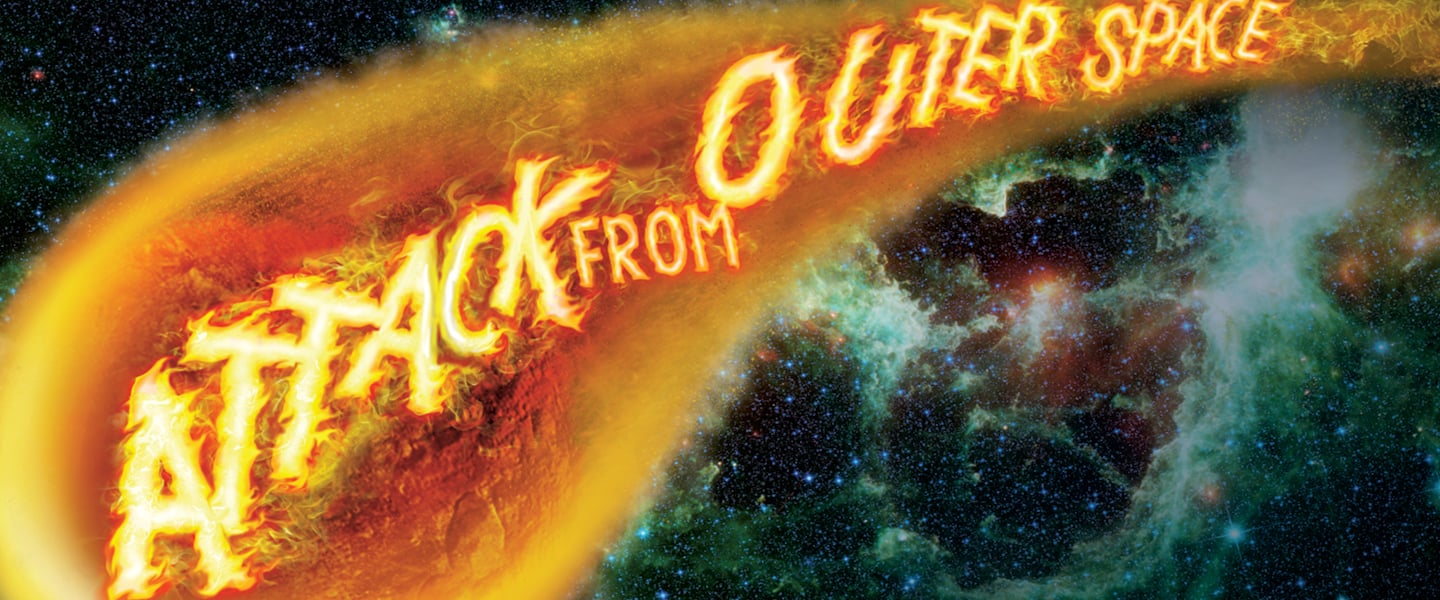Jim McMahon/Mapman ®
Where in the World?
This map shows the location of the Chelyabinsk meteor event in Russia.
As the sun rises, the people of Chelyabinsk [CHEL-yah-binsk], Russia, are starting their morning. It’s February 15, 2013—just a normal day. Families eat breakfast. Parents head to work. Children go to school.
But for the 1.1 million people who live in Chelyabinsk, it won’t turn out to be an ordinary day. A space rock is headed straight for their busy city. It’s 65 feet across—about as wide as your school gym. And nobody has any idea.
This rock has been circling our planet for thousands of years. Finally, this morning, it enters the atmosphere. As it zooms toward Earth, the rock gets hotter and hotter. It travels at 40,000 miles per hour. Soon, it’s only about 15 miles above the city, and . . .
POOF!
It explodes.
It’s February 15, 2013. The people of Chelyabinsk [CHEL-yah-binsk], Russia, are starting their morning. It’s a normal day. Families eat breakfast. Parents head to work. Kids go to school.
But for the people of Chelyabinsk, it won’t turn out to be a normal day. A space rock is headed straight for their city. It’s 65 feet across—about as wide as your school gym. And no one knows it’s coming.
The rock has been circling Earth for thousands of years. This morning, it enters the atmosphere. As it zooms toward Earth, the rock gets hotter and hotter. It travels at 40,000 miles per hour. Soon, it’s only about 15 miles above the city, and . . .
POOF!
It explodes.
As the sun rises, the people of Chelyabinsk [CHEL-yah-binsk], Russia, are starting their morning. It’s February 15, 2013—just a regular day. Families eat breakfast. Parents head to work, and children go to school.
But for the 1.1 million people who live in Chelyabinsk, it won’t turn out to be an ordinary day. A space rock is headed straight for their bustling city. It’s 65 feet across—about as wide as your school gymnasium—and nobody knows it’s coming.
This rock has been circling our planet for thousands of years. Finally, this morning, it enters the atmosphere. As it barrels toward Earth at 40,000 miles per hour, the rock becomes hotter and hotter. Soon, it’s only about 15 miles above the city, and . . .
POOF!
It explodes.

